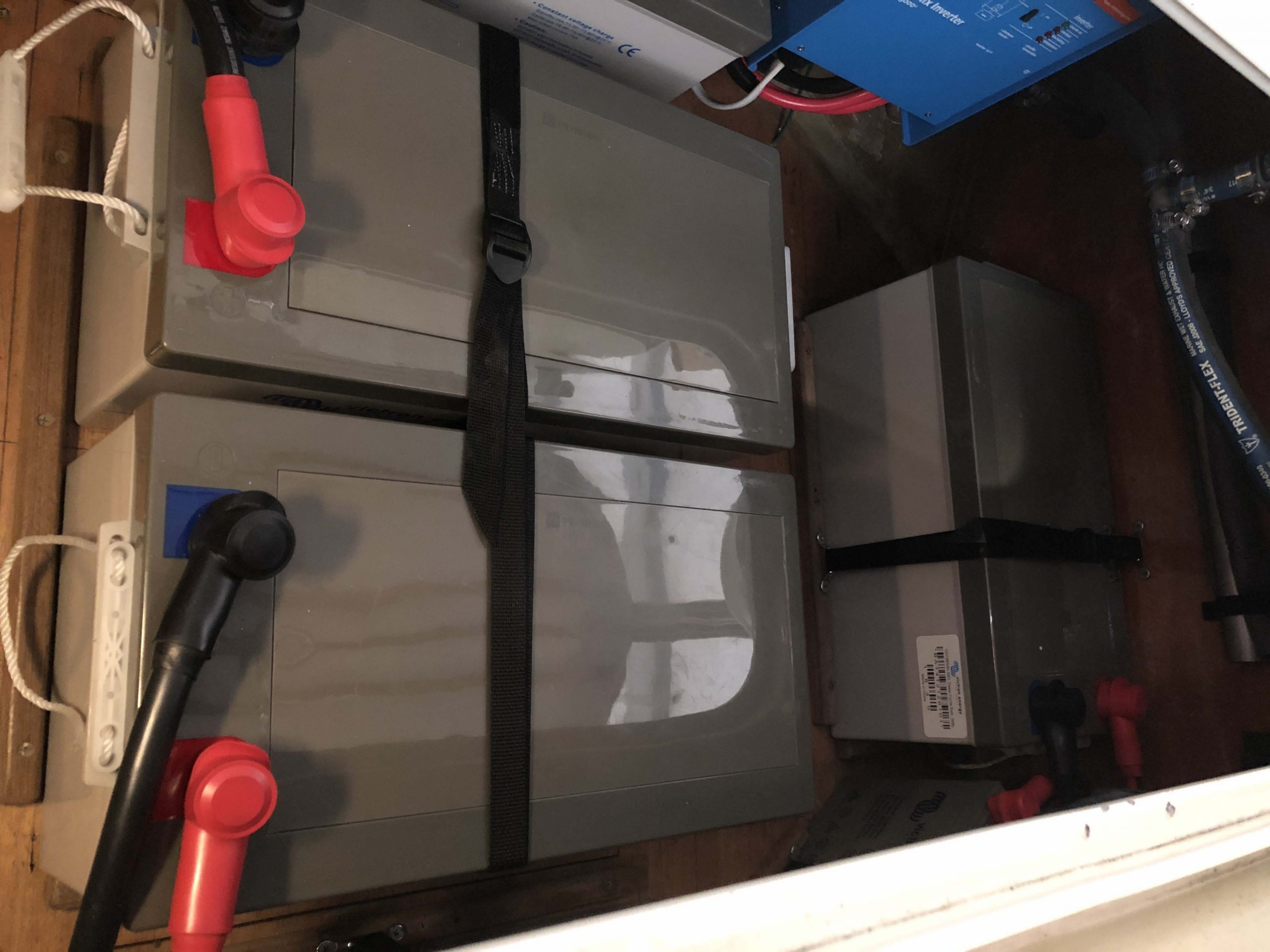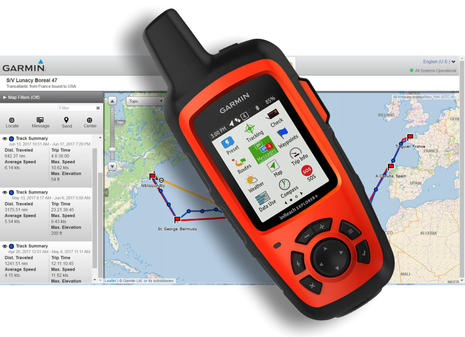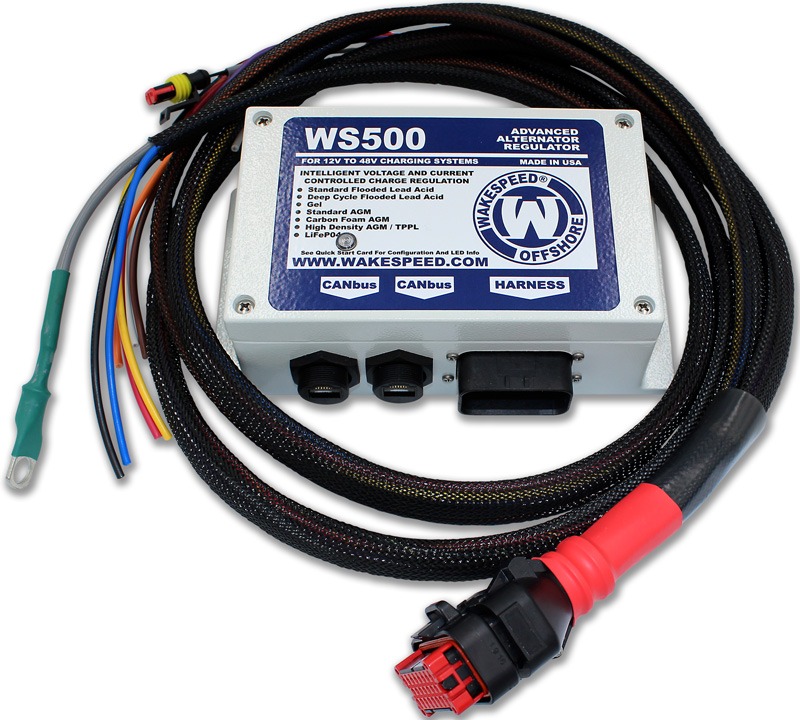Alden AE 3300, marine BB WB AIO receiver!

Sorry about my acronym thing! The relatively new and unknown Alden AE-3300 is a black box wide band receiver with included PC software that lets you easily receive Weatherfax, Navtex, Telex, and even medium and high frequency DSC messages, besides listening to most any frequency between 9 KHz and 30 MHz. Hence in marine terms it’s pretty much an all in one receiver. Check the screen shot full size
. Not only did the AE-3300 automatically demodulate the Navtex messages and save them as text files when tuned to 518 KHz, you can schedule automated channel changes (as I have for Boston Fax at the bottom of the screen). I found the AE-3300 easier to use than the Icom PCR 2500 I’m also testing in terms of finding and saving interesting frequencies, but that’s in part because it has less controls that I’m unfamiliar with (but may be valuable). I also compared the radios using the same antenna and HAM signal, and they performed very similarly. What the Icom has, besides lots more frequencies, is all sorts of ways to scan them, a more sophisticated memory banking system, and a wide pool of users and accessories. There’s even alternate Bonito RadioCom control software that seems to do the marine Weatherfax, Navtex, and Telex decoding chores, plus some non marine radio wizardry I’d never hear of like SSTV.













SSTV is a way to send TV pictures on the High Frequency Bands. It is great for sending stills. Because the FCC says those signals can only be 3 KHZ wide it requires sending signals at slow speeds. So it can take several minutes to send a picture and obviously motion as such does not really do well. The HAMS pioneered it many years ago and there is still some going on. On regular TV these signals can be several Mhz wide(6 I think) and go very fast. The human eye sees them as a complete picture. Just info for you.
I believe SSTV is “slow scan TV”. It was/is a means of broadcasting TV or video streams at lower frame rates and thus reduced bandwidth.
A computer with some s/w connected to a transceiver does all this and more. I assume the interest in these boxes is lower cost?
What do you find compelling about this setup for usage onboard versus a marine SSB (no ham license required)?
Russ, I think the SSB/Pactor/Sailmail thing is great for some cruisers, but I also know a lot of skippers who have an SSB but hardly use it any more. Usually they’ve found that email and weather downloads via sat phone serves their needs. It strikes me that a relatively inexpensive wide band receiver, particularly these PC-controlled ones, can work for back up weather, and also give you a chance to putz around the airwaves. There’s still a little magic in that, especially when you’re in remote places.
Ben,
1) So then it would just be a matter of software to decode AIS and create nmea output to charplotters ?
2) Can one session of software listen to multiple receivers (e.g. listen to two AIS channels and a VHF channel simultaneously ?)
3) Would seem like a really clever piece of software could listen to two AIS channels, and based on a schedule, go out and listen for weather fax’s, mail, etc. with one of the channels ?
4) Perhaps with a third receiver also perform as a smart VHF radio with a PC based GUI interface for enabling calls to be send / receieved using the DSC feature in a more user friendly manner, could also setup a recording of the NOAA weather channel once every hour ready for playback at any time, and perhaps even make it so that any VHF channel you are listening too has a TiVO like replay capability.
My point is that a standard SSB, like the Icom 710 or 802 is also “computer controlled”. The 710RT and 802 are both essentially a BB SSB controlled by either their own front panel, or a computer.
B339capt’s suggestions are all very interesting, and I would buy the s/w that provides these functions, but they’re equally feasible with a full transciever.
I guess it just comes down to cost. So how much do these things cost? And I guess receive only means no antnena tuner as well, so there is some savings there.
The AE 3000 costs around $800, great product for its cost. It was really designed for the user that requires a high-performance receiver that’s user friendly. I know the range that is covers is from 9 KHz to 30 MHz. Yuo can also hook it up with a GPS component.
You can buy one at their website, http://www.alden.com.
It comes in a small (as in fits in the palm of your hand) enclosure which connects to your desktop or laptop. Cool product.
This system looks to be the same as the WiNRADiO G33EM.
http://www.winradio.com/home/g33em.htm
It is superior to a conventional SSB radio in it’s ability to better control the receiver bandwidth, and to provide noise reduction.
The receiver down converts the received signal to a 12 KHZ I.F. signal that gets digitized and sent to the computer via the USB port. The sound card circuitry does the DSP magic, setting the final bandwidth, reducing noise, and then demodulating the signal in a wide variety of modes. The process is commonly known as “Software Defined Radio”. It’s pretty cutting edge stuff.
Well, I’ll be darned. You’re absolutely right, Steve; they seem to be the exact same radios. The irony is that I contacted WinRadio about this unit a year or so ago, and they showed very little interest in having it tested for boating magazines.
It’s interesting that Alden is selling its rebranded model for $780 but Grove sells the original for $850.
http://www.grove-ent.com/WRMARINEREC.html